DEPARTMENT
Humanities and Sciences Department exists right from the inception of the college 1997. The department is
mainly devoted for the all round development of I B.Tech. students. The Department is having dedicated and
experienced faculty.
H&S Department comprises of four units like English, Chemistry, Physics and Mathematics. The staff has
significantly contributed in research areas such as Charge transfer complexes, Fiber optics, Polymers,
Nanotechnology, material science, etc.
Among the twenty nine faculty members of the department, there are two doctorates and four are pursuing
their research work. The Department provides an outstanding research environment with the aid of qualified
faculty. They are regularly engaged in attending & organizing several National, International conferences,
workshops and courses on various subjects.


Mr. SAI KRISHNA RALLABANDIHOD - Associate professor
JNTUH REG ID : 1882-150416-170639
Qualification : M.A, B.Ed, PGDTE, Ph.D
Experience : 30 years
Contact :saikrishna1968@gmail.com
Subjects Taught:
English Skills Enhancement, ELCS, ACS Labs
Area of
Interest:
English Language Teaching (ELT), Communication Skills.

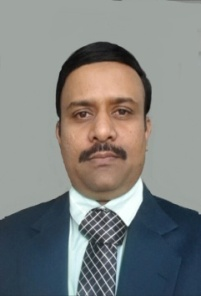
Prof. BRIJESH.N.CHAWDAProfessor-Ratified by
JNTUH
JNTUH REG ID : 9249-150409-143930
Qualification : M.Sc, Ph.D
Experience : 21 Years
Cadre : Professor-Ratified by JNTUH.
Contact : humanities.jpnce@gmail.com
Papers Published : 35
Subjects Taught:
SSP, Applied Physics, Engineering Physics, Basic Physics
Area of
Interest:
Fiber optics, Photonic crystals, Solitons, Nanotechnology, SSP.


Mrs.BADERUNNISAAsst.Professor
JNTUH REG ID : 1772-150506-114826
Qualification : M.A, Ph.D
Experience : 25 YEARS
Contact : bader.jpngi@gmail.com
Subjects Taught:
Technical English, Communication
Area of
Interest:
Communication Skills, soft skills and Empowering students in the English language.


Mr. G.RAGHUNANDAN RAOAssistant Professor
JNTUH REG ID : 1447-150410-102815
Qualification : M.Sc, B.Ed
Experience : 18 years
Contact :grnrao.jpnce@gmail.com
Subjects Taught:
M-I, M-II, M-IV, MFCS and diploma maths
Area of
Interest:
APPLIED MATHEMATICS


C.CHANDRA SHEKARAssistant Professor
JNTUH REG ID : 7142-150408-105629
Qualification : MBA
Experience : 2 years Teaching – 6 years industry
Contact : chikinaeshekar@gmail.com
Subjects Taught:
Mathematics-I, Mathematics-II, Laplace Transforms Numerical Methods and Complex Variable,probability and ststistics, ,SFM,Business statistics ,Quantitative analysis for business decisions decisions ,Operations Research
Area of
Interest:
probability and statistics


Mrs. MUCHERLA ARUNAAsst.Prof
JNTUH REG ID : 5344-150408-130259
Qualification :
Experience : 15 years
Contact:arunamucherla@gmail.com
Subjects Taught
Engineering Chemistry for Diploman & B.Tech
Area of
Interest
Chemistry


Dr.D.SRINIVASULUAsst.professor
JNTUH REG ID : 7352-150408-151417
Qualification : M.Sc, Ph.D
Experience : 12 years
Contact : envsrinivas@yahoo.co.in
Subjects Taught:
--
Area of
Interest:
Biosorption of pollutants


Mrs.M.SHIVA JYOTHIAsst.professor
JNTUH REG ID : 4624-150408-203422
Qualification : M.Sc.
Experience : --
Contact : mitteshivajyothi@gmail.com
Subjects Taught:
Engineering Physics
Area of
Interest:
SSP and optics.


Mrs.PARVEEN BEGUMAsst.professor
JNTUH REG ID : 8040-170915-124929
Qualification : M.Com
Experience : 5 years
Contact : parveenbegum337@gmail.com
Subjects Taught:
MEFA, BEFA, MS, IBM
Area of
Interest:
MEFA, BEFA, MS, IBM.


Mrs. M.MAHESHWARIAsst.professor
JNTUH REG ID : 8806-181120-150422
Qualification : M.Sc
Experience : 3 Years
Contact : maheshwariraj1994@gmail.com
Subjects Taught:
engineering physics subject and engineering physics labs
Area of
Interest:
Electronics


Mr. MEDISETTY NARENDERAsst.professor
JNTUH REG ID : 1964-180417-155020
Qualification : M.Com.
Experience : --
Contact : narus1966@gmail.com
Subjects Taught:
MEFA and MS .
Area of
Interest:
MEFA and MS .


Mrs. M.ANITHAHOD-Asst.professor
JNTUH REG ID : 9978-200109-144214
Qualification : M.Sc
Experience : 1 Year
Contact : anithakassa87@gmail.com
Subjects Taught:
Engineering Chemistry and Diploma
Area of
Interest:
Organic Chemistry and Diploma chemistry

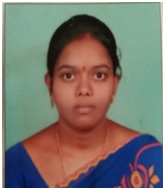
Mrs.V SrivallyAssistant professor
JNTUH REG ID : 8103-210331-124347
Qualification : M.Sc,B.Ed
Experience : 5 Year
Contact : sriraz1979@gmail.com
Subjects Taught:
Mathematics - II, COSM
Area of
Interest:
Mathematics

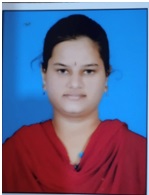
Ms.D KeerthanaAssistant Professor
JNTUH REG ID : 9437-200307-112957
Qualification :M.Sc,B.Ed
Experience : 2 Years
Contact : keerthanarajendar@gmail.com
Subjects Taught:
English
Area of
Interest:
English

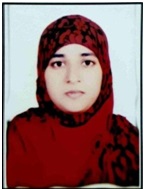
Ms.Aswiya BegumAssistant Professor
JNTUH REG ID :8689-210701-153816
Qualification :M.Sc
Experience : 1 Years
Contact : aswiyabegum18@gmail.com
Subjects Taught:
Engineering Chemistry
Area of
Interest:
Chemistry


Dr. A .Ramesh ReddyAssistant Professor
JNTUH REG ID : 4454-150409-151916
Qualification : M.Sc. B.Ed, M.Phill., Ph.D
Experience : 22 Years
Contact : rameshmtech09@gmail.com,9553222228
Subjects Taught:
Mathematics-I, Mathematics-II, Laplace Transforms Numerical Methods and Complex Variable
Area of
Interest:
Calculus

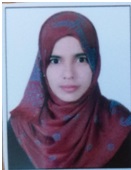
Ms.Bushra MubeenAssistant Professor
JNTUH REG ID : 6801-210520-081656
Qualification :M.Sc
Experience : 1 Years
Contact : gaffarmbnr405@gmail.com
Subjects Taught:
Mathematics
Area of
Interest:
Mathematics

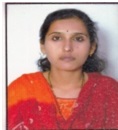
Ms.E.SindhuriAssistant Professor
JNTUH REG ID : 1330-210325-133840
Qualification : M.Sc,B.Ed
Experience : 9 Years
Contact : eerapogu.sindhuraj@gmail.com
Subjects Taught:
Engineering Chemistry
Area of
Interest:
Chemistry

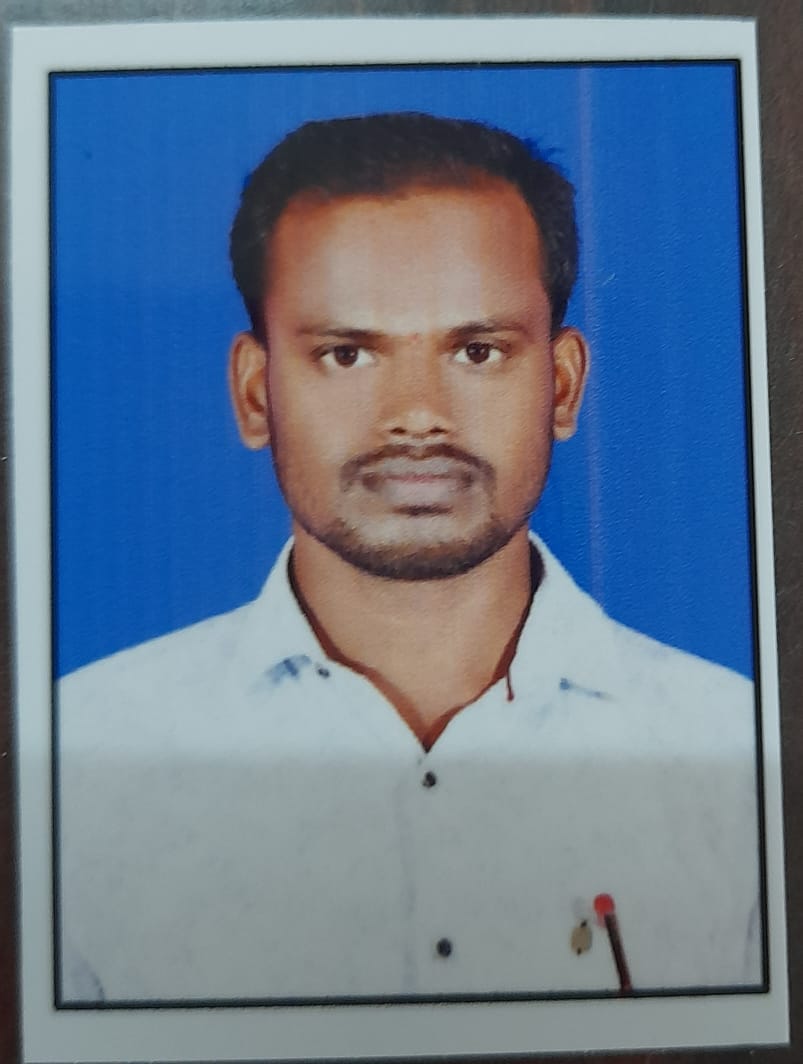
Mr.K.Sravan KumarAssistant Professor
JNTUH REG ID : 0912-220706-134025
Qualification : M.Sc
Experience : 1 years
Contact : sravan120.sk@gmail.com
Subjects Taught:
Thermal Physics and Wave optics
Area of
Interest:
Modern Physics, Elctronics

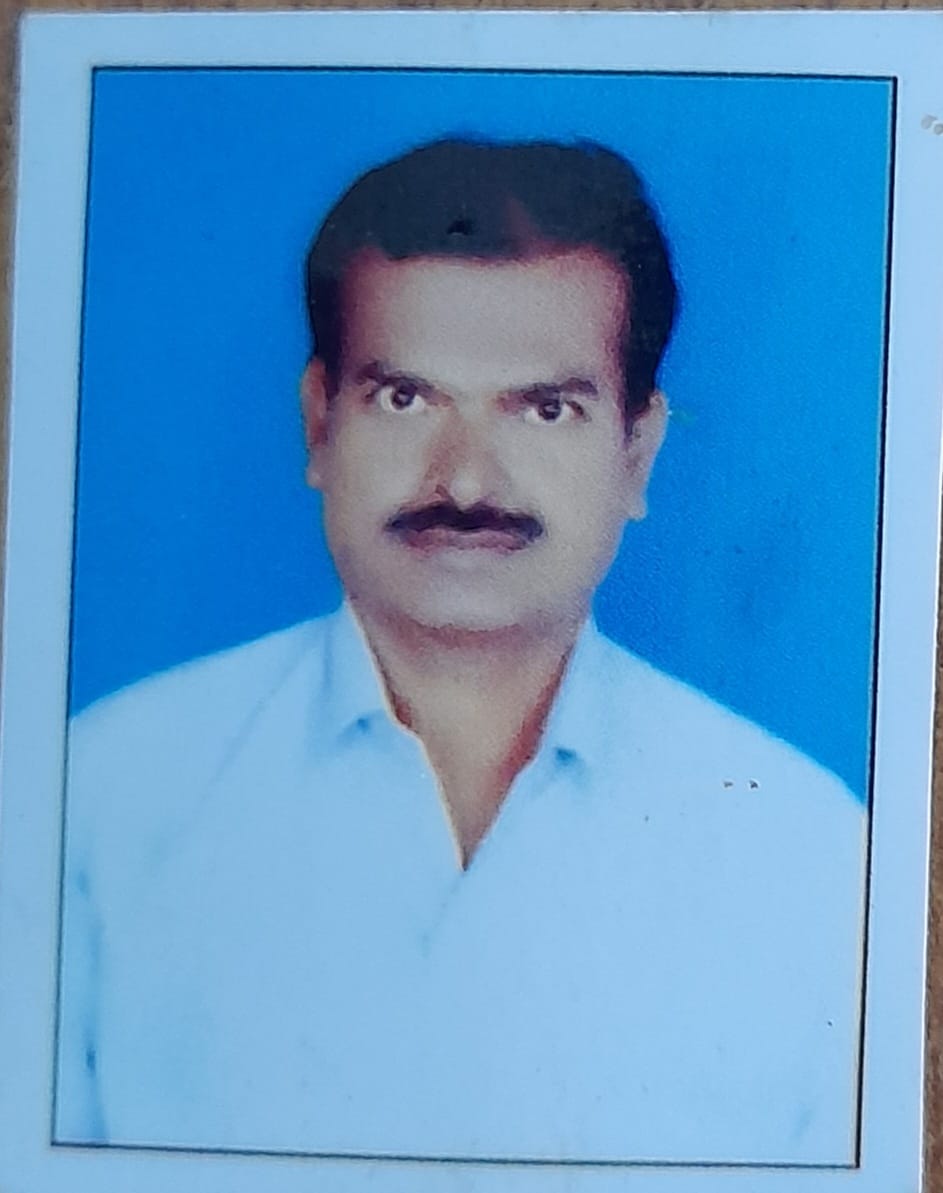
Mr.M Vijay KumarAsst.professor
JNTUH REG ID : 8542-1602-4130-646
Qualification : MA,MPhil
Experience : 22 Year
Contact : Vkvss1968@gmail.com
Subjects Taught:
English
Area of
Interest:
English
APPLIED PHYSICS Course Outcomes
|
|
COs
|
|
1
|
The
students should be able to relate and explain the importance of elastic behavior
of materials and stress-strain diagram.
|
|
2
|
The
students should be able to discuss and apply Sabine’s formula for reverberation
time and apply in architecture of buildings.
|
|
3
|
The
students should be able to learn Learn various methods of producing ultrasonics
their uses and its application to NDT testing.
|
|
4
|
The
students should be able to learn and distinguish/differentiate properties of
magnetic, dielectric and superconducting materials and their applications in
various fields.
Also,
the student must be able to understand the conceots of quantum
nechanics.
|
|
5
|
The
students should be able to learn and
understand the behaviour of electric atomic dipoles
and domains in the magnetic materials.
|
|
6
|
The
students should be able to learn the nature of centro and non centro symmetrical
substances.
|
|
7
|
The
students should be able to recognize the factors affecting the architectural
acoustics and their remedy
|
ENGINEERING PHYSICS 2 Course
Outcomes
|
|
COs
|
|
1
|
student is able to analyse the importance of behaviour
of a
particle quantum mechanically
|
|
2
|
Student explain charge
carriers in semiconductors
|
|
3
|
Students will be able to
recognize the importance of dielectric materials in verious
fields.
|
|
4
|
Students will discuss
and distinguish various magnetic materials and can explain their properties.
|
|
5
|
Students will discuss
and explain the properties of superconductors.
|
|
6
|
Students will identify
the importance of nanomaterials and can discuss their properties
|
EST Course Outcomes
|
|
COs
|
|
1
|
The student will able to understand the importance of an ecosystem.
|
|
2
|
The student will able to understand different natural resources and their exploitation.
|
|
3
|
The student will able to distinguish the renewable, non renewable resources utilisation and act accordingly.
|
|
4
|
Will understand the critical condition of valuable biodiversity and its conservation.
|
|
5
|
Will understand the critical condition of valuable biodiversity and organise awareness programmes.
|
|
6
|
Will develop ecofriendly technologies for sustainable development.
|
M-iii Course Outcomes
|
|
COs
|
|
1
|
The students should be able to describe types of random
variables.
|
|
2
|
The students should be able
to apply
distributions such as Binomial, Geometric and normal
distributions.
|
|
3
|
The students should be able to use of
sampling distribution of means if standard deviation is
known and
unknown.
|
|
4
|
The students should be able
to discuss the
distributions such as t distribution, f distribution.
|
|
5
|
The students should be able to understand types of hypothesis, types of
errors and
assess the hypothesis
.
|
|
6
|
The students should be able to Interpret
the data using ANOVA for
one-way.
|
|
7
|
The students should be able
to Operate different
methods to find the solution of different types of
equation.
|
|
8
|
The students should be able to Construct
linear,
non linear and curve linear equations.
|
|
9
|
The students should be able to understand and evaluate the numerical integration using
different methods.
|
|
10
|
The students should be able to analyze approximate solution of
IVP and compute
using different
methods.
|
Chemistry COs
|
1
|
To learn
and analyse hardness and their removal methods and sewage treatment of
water
|
|
2
|
Students
can able to discuss Softening of water & its usage in Domestic and
Industrial Purposes
|
|
3
|
Students can able to
examine Electrode potential of metals using electrodes and predicting
Spontaneity of reaction corrosion tendency and its control based on
potential
|
|
4
|
Students
can able to know the construction and function of batteries and their uses in
various fields
|
|
5
|
Students
can able to describe and compare various types of polymerization and preparation
methods of various types of plastics
|
|
6
|
Students
can able to discuss the hardening of rubber for various purpose by
Vulcanization,
|
|
7
|
Discuss
conduction in polymers by doping
|
|
7
|
Students can able to
describe Mining of various fuels like coal & petroleum and refining and
analysis
|
|
8
|
Students can able to
practice the determination calorific value of fuel
|
|
9
|
They get Knowledge in
apply of various types of lubricants and mechanism of lubrication in machinery
to reduce friction
|
|
10
|
Students
can able to Explain the Composition and methods of Setting and
Hardening
|
English Course Outcomes
|
|
COs
|
|
1
|
Use English Language
effectively in spoken and written forms.
|
|
2
|
Comprehend the given
texts and respond appropriately.
|
|
3
|
Communicate confidently
in formal and informal contexts.
|
|
4
|
Identifying the topic
sentence.
|
|
5
|
Improve the language
proficiency.
|
|
6
|
Develop study
skills.
|
|
7
|
Structure of
Reports.
|
|
8
|
Speaking with skills
with clarity and confidence.
|
|
9
|
Neutralization of accent
for intelligibility.
|
|
10
|
Learn employability
skills.
|
Mathematics -II COs
|
1
|
Laplace Transform is a
powerful technique to engineers and scientists as it enables the to solve linear
differential equations with given initial conditions,(b)The concept of LT are
applied in the area of scince and technology such as analysis communication
engineering,linear system analysis,statistics,optics,quantum physics
etc
|
|
2
|
The concept of LT are
applied in the area of scince and technology such as analysis communication
engineering,linear system analysis,statistics,optics,quantum physics
etc
|
|
3
|
Gamma and Beta functions
are used in Gamma distribution which is used to determine time based occurences
such as life span of an electronic component.
|
|
4
|
Vector differentiation
is used to find solenoidal and irrotational vectors,to find centre of mass and
in Maxwell’s equations
|
|
5
|
Vector differentiation
is used in Kinematics and Field theory
|
|
6
|
Vector integaration is
used in evaluation of line integrals,Surface interals and volume
integrals
|
|
7
|
We can transform one
integral to another
|
BEFA Course Outcomes
|
|
COs
|
|
1
|
The students will
understand the various Forms of Business
|
|
2
|
The students will
understand the impact of economic variables on the Business
|
|
3
|
The students will
understand the aspects of the Demand
|
|
4
|
The students will
understand the aspects of the Supply
|
|
5
|
The students will
understand the aspects of Production & Cost
|
|
6
|
The students will
understand the aspects of Market Structure
|
|
7
|
The students will
understand the aspects of Pricing
|
|
8
|
The Students can study
the firm’s financial position by analysing the Financial Statements of a
Company.
|
|
9
|
The students will
understand the Significance of Economics, Micro and Macro Economic
Concepts
|
|
10
|
Understanding thr
Concepts and Importance of National Income, Inflation, Money Supply in
Inflation, Business Cycle.
|
|
11
|
Understanding the
defination of Elasticity& its types of Elasticity, Law of Demand,
Measurement and Significance of Elasticity of Demand, Factors affecting
Elasticity of Demand, Elasticity of Demand in decision making
|
|
12
|
The students come to
know about Demand Forecasting, its Characteristics, Steps and
Methods
|
|
13
|
The students know the
determination of Supply, Function & Law .
|
MEFA Course Outcomes
|
|
COs
|
|
1
|
The students will
understand the various Forms of Business
|
|
2
|
The students will
understand the impact of economic variables on the Business
|
|
3
|
The students will
understand the aspects of the Demand
|
|
4
|
The students will
understand the aspects of the Supply
|
|
5
|
The students will
understand the aspects of Production & Cost
|
|
6
|
The students will
understand the aspects of Market Structure
|
|
7
|
The students will
understand the aspects of Pricing
|
|
8
|
The Students can study
the firm’s financial position by analysing the Financial Statements of a
Company.
|
|
9
|
The students will
understand the Significance of Economics, Micro and Macro Economic
Concepts
|
|
10
|
Understanding thr
Concepts and Importance of National Income, Inflation, Money Supply in
Inflation, Business Cycle.
|
|
11
|
Understanding the
defination of Elasticity& its types of Elasticity, Law of Demand,
Measurement and Significance of Elasticity of Demand, Factors affecting
Elasticity of Demand, Elasticity of Demand in decision making
|
|
12
|
The students come to
know about Demand Forecasting, its Characteristics, Steps and
Methods
|
|
13
|
The students know the
determination of Supply, Function & Law .
|
MS COs
|
1
|
Students will
able to discuss the Management
and Organisation
|
|
2
|
students will understand the aspects of
Market
Structure
|
|
3
|
Students will able to discuss
the Human
Resources Management
|
|
4
|
Students
will able to
discuss> the Project
Management (PERT/ CPM)
|
|
5
|
students will
understand the aspects Strategic
Management and Contemporary Strategic
Issues
|
First Year A Div Dec 2017
First Year B Div Dec 2017
First Year C Div Dec 2017







































